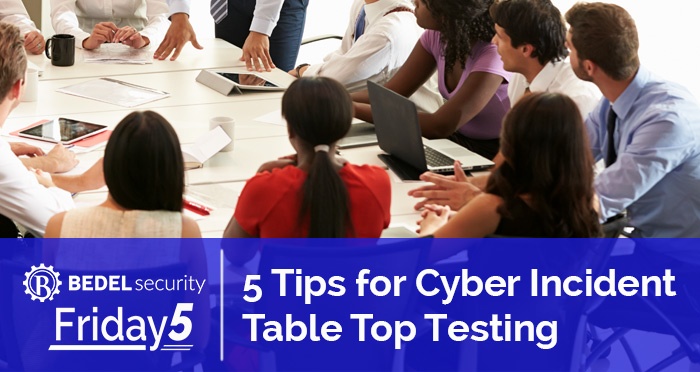How Planning Ahead Can Help Avoid the 6 Pitfalls of Breach Investigations
I recently had the opportunity to attend a webinar covering incident and breach response. In the world of cyber resilience, being able to respond to...


You know it's common sense, but is it common in your workplace? I had the opportunity to attend a webinar covering incident and breach response and the reality is, having the framework to respond to an attack is becoming just as important as preventing an attack in the first place.
The speaker listed the 6 biggest setbacks that he had noted first-hand when responding to an incident or breach. He also outlined what can be done now to ensure these failings don’t cripple your team in such a crucial situation.
The key takeaway from these 6 items is that you don’t wait for the incident to happen to address them. It takes much less time to build from framework already in place than to build from the ground up. With a little preparation ahead of time, you can avoid some of these most common pitfalls when trying to put the build your organization back up.

I recently had the opportunity to attend a webinar covering incident and breach response. In the world of cyber resilience, being able to respond to...

We all know that incident response is critical to a good cybersecurity program at community banks and credit unions. The term "Cyber Resiliency"...